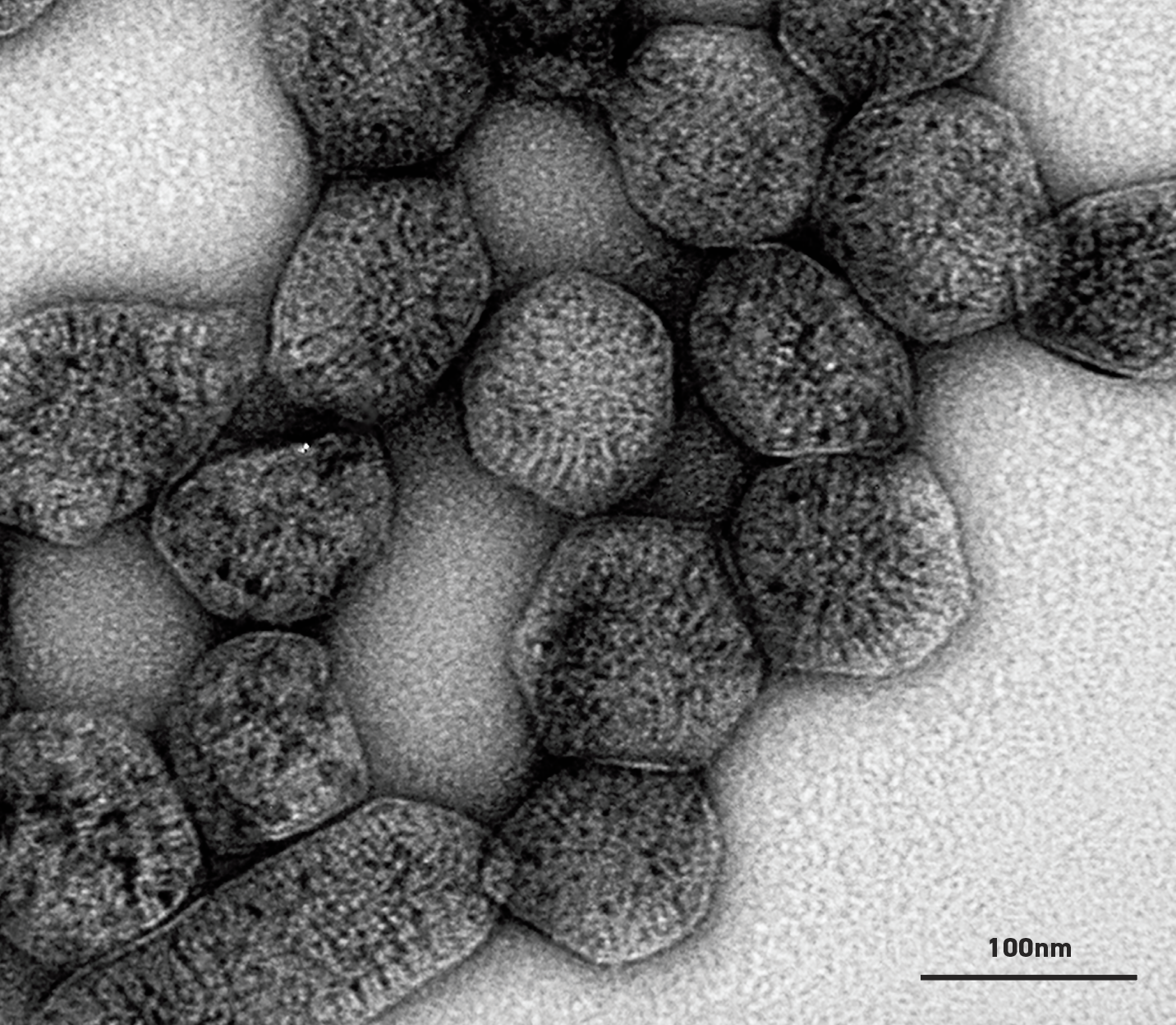There are three major groups of plants with respect to how they collect and use carbon dioxide (CO2). C3 plants use CO2 directly from the air whereas C4 and crassulacean acid metabolism (CAM) plants first convert it to an acid called malate. Malate allows CO2 to be stored and concentrated around RuBisCO, the enzyme that starts CO2’s conversion into sugars. C3 plants are most efficient in fertile, moist and temperate conditions while C4 plants are more efficient in hot and arid conditions.
RuBisCO works very slowly and in C3 crops it is a major limiting factor for their photosynthetic performance and yield.
Cyanobacteria use a different version of RuBisCO. This enzyme, along with other components that concentrate CO2 around it, is held in micro-compartments called carboxysomes, enabling it to work much faster than plant RuBisCO.
Mathematical modelling shows that crop yield could be increased by up to 60% if the C3 plant RuBisCO could be replaced with Cyanobacteria RuBisCO and the rest of the CO2 concentrating components in functional carboxysomes.
Drs Ben Long, Wei Yih Hee and Prof. Dean Price from the Australian National University (ANU), have used tobacco as a model plant. Using just four of the necessary genes from cyanobacteria, they have successfully engineered tobacco chloroplasts to make basic carboxysomes. Transmission electron microscopy in the Microscopy Australia’s ANU facility, the Centre for Advanced Microscopy, showed these carboxysomes to be full of RuBisCO and around 100 nanometres in diameter, the same size as those that naturally occur in cyanobacteria.

This success provides a critical step toward the construction of fully functional carboxysomes in plants incorporating a complete cyanobacterial suite of CO2 concentrating components. This promises stronger crop yields, while improving use of both nitrogen fertiliser and water across a wide range of environmental conditions.
Ref. B. Long et al. 2018 Nature Communications, 9:3570 | DOI: 10.1038/s41467-018-06044-0
Array
July 24, 2018